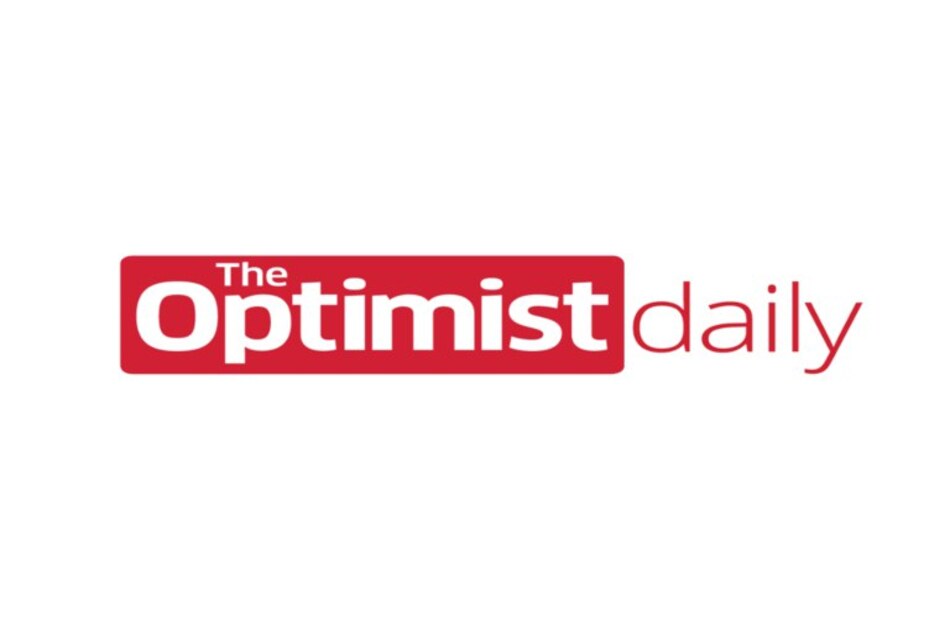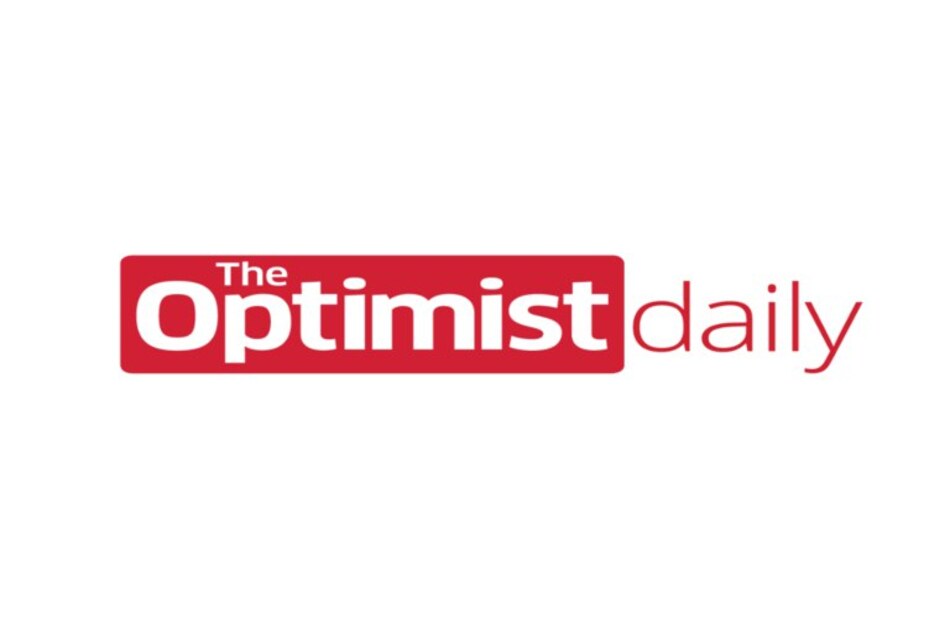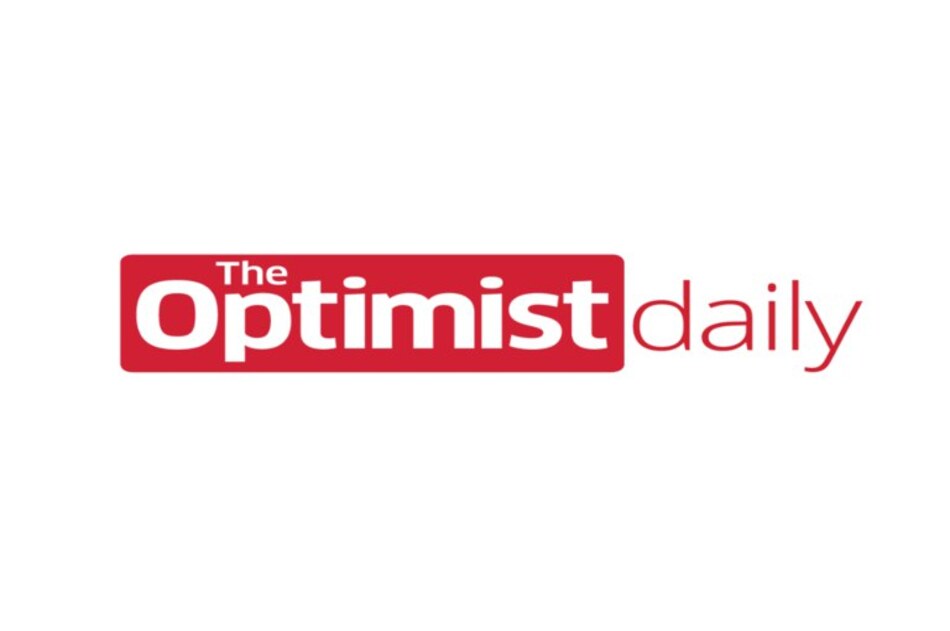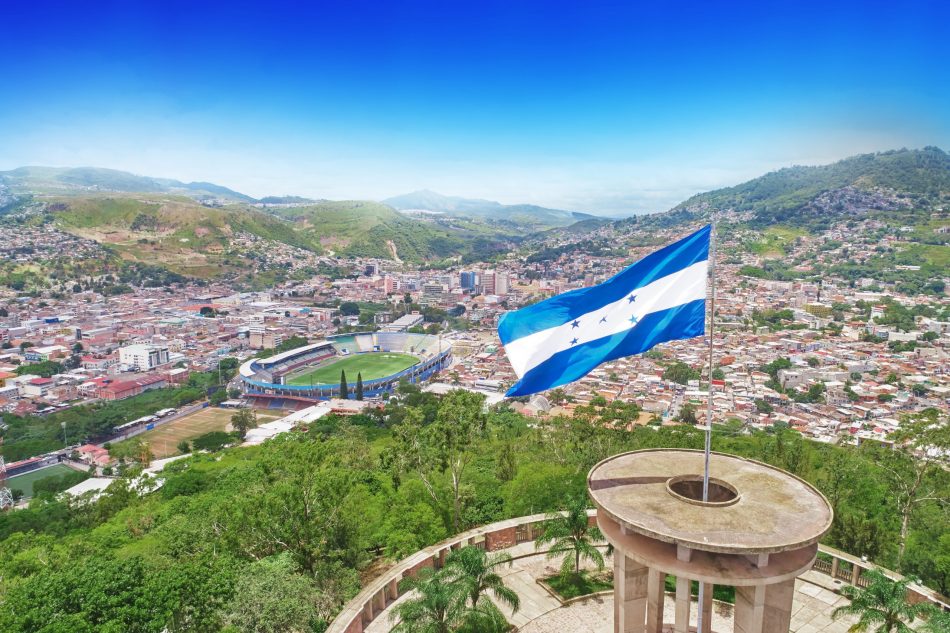Global Development
In an increasingly globalized world, international development efforts aim to improve living conditions, equity, and human rights around the world. Our global development section tracks this globalization and reports on specific equitable and sustainable development initiatives.

Chile joins the legislation green wave
A beautiful thing about democracy is that it is inherently self-correcting. Democratic constitutions survive because they change with the times. They adapt to new environments. That’s why they’re called “amendments” to the constitution. Chile is joining a wave of constitutional change in Read More...

Study finds forests on indigenous lands sequester twice the carbon
We have written at length, in great volume, and with great enthusiasm about the importance of green spaces in cities, carbon sinks, and environmentally helpful trees in general. Forests are absolutely essential to sequestering carbon and our continued adaptation to a changing climate, but some Read More...

World Happiness Report shines a light in dark times
The past few years have been incredibly challenging for the world, though it turns out we’re doing better than you might think! According to an international research project, levels of social support and benevolence actually increased in this difficult time. This year is the 10th Read More...

How AI helped Togo's poorest citizens
Back in 2020, we ran a story about a humanitarian project in Togo organized by the non-profit GiveDirectly, UC Berkeley, and Togo’s Ministry of Digital Economy. Its aim: use AI to deliver humanitarian aid in the form of money to the poorest populations in the country. Now some of the results Read More...

How the US’s $13.6 billion aid package will help Ukraine
On Tuesday of last week, President Joe Biden signed a substantial spending bill that will provide $13.6 billion of financial support to Ukraine’s military and humanitarian aid as it resists and fights Russia’s invasion. Originally, the money allotted for the legislation sat at $10 billion, Read More...

The EU’s plan for carbon emissions tariffs on imported goods
In an effort to reduce the importation of goods that generate environmental damage during their production processes, the EU has declared their support of a plan to impose carbon tariffs on said goods. The EU aims to introduce such a tax on materials such as aluminum, cement, electricity, Read More...

How to help Ukrainian refugees in Moldova
Since it began on the 24th of February, the war in Ukraine has forced millions of people to leave their homes. According to the UNHCR, more than 3 million people have already fled, and many more are expected to leave as the situation escalates. A great number of these people have sought refuge in Read More...

How green hydrogen is taking off
Hydrogen is key to a major energy shift in our society. Many sectors of the economy and the power grid can decarbonize by switching to green hydrogen. The market for hydrogen is expected to grow to $2.5 trillion by 2050, and many industries, such as air travel, see the writing on the wall. Read More...

Supporting beavers and our ecosystems
At The Optimist Daily, we’ve written a great deal about the benefits beavers bring to their environment and the importance of restoring their populations in certain areas. Beavers are often vilified in certain communities for the same reason they’re such iconic North American creatures: they Read More...

Honduras puts a stop to open-pit mining
What is open-pit mining? Open-pit mining is one of the most common and also most harmful methods of extracting minerals from the Earth. Many countries and organizations are trying to do away with this practice because it involves enormous displacement of soil and causes a great deal of damage to Read More...


